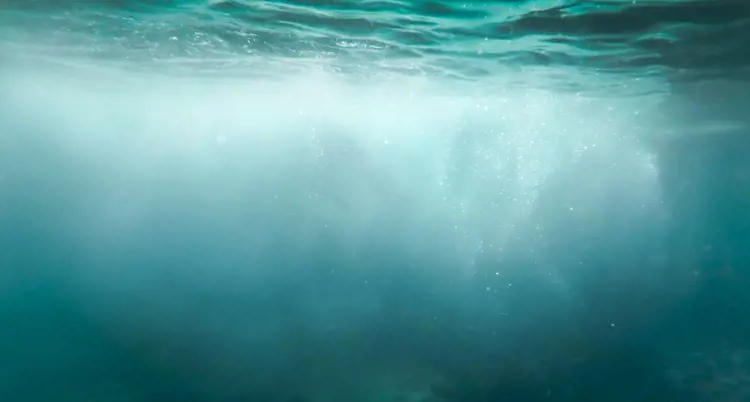The importance of water quality in aquaculture
Fish live and grow in water, making it the single most important factor in aquaculture. Maintaining good water quality is essential for fish health, strong immunity, and optimal growth rates. Without proper water conditions, even high-quality feed and good management cannot deliver the desired results.

Why water quality matters
Water parameters naturally fluctuate, and fish can adjust as long as these changes remain within normal ranges. However, when parameters deteriorate beyond those limits, fish become stressed. In aquaculture, where stocking densities are much higher than in the wild, fish are already under stress. Poor water quality adds to this burden, reducing growth and making fish more vulnerable to diseases.
Stressed fish will:
-
Eat less and convert feed inefficiently.
-
Grow slower than expected.
-
Show higher susceptibility to infections.
Therefore, consistent water quality management is vital for farm profitability and sustainability.
Key water quality parameters
The following table shows the most important water quality indicators in aquaculture and their recommended ranges:
| Water quality parameter | Recommended value | Units |
|---|---|---|
| Temperature | 27–30 | °C |
| Dissolved Oxygen | >4 | mg/L |
| Total Suspended Solids | <20 | mg/L |
| Transparency | 25 | cm |
| NH3 (Ammonia) | <0.05 | mg/L |
| NH4 (Ammonium) | <0.4 | mg/L |
| NO2 (Nitrite) | <4 | mg/L |
| NO3 (Nitrate) | <300 | mg/L |
| pH | 6.5–8.5 | — |
| Alkalinity & Hardness | 80–200 | mg/L CaCO3 |
Keeping these parameters within range ensures that fish remain healthy, active, and productive.
Managing water quality
1. Secure a reliable water source
The water source is the foundation of good water quality.
-
Lakes should provide clean, clear, oxygen-rich water.
-
Rivers should not be polluted by upstream discharges or agricultural runoff.
-
Boreholes must supply enough clean water to allow proper water exchange.
2. Feed responsibly
Feeding practices directly influence water quality. Overfeeding not only increases feed costs but also leads to waste accumulation at the pond bottom. This causes the production of toxic substances, lowers oxygen levels, and disrupts pH balance. Eutrophication from uneaten feed can severely harm fish health.
3. Act quickly when water quality declines
If water quality deteriorates:
-
Reduce or stop feeding: Stressed fish won’t eat well, and uneaten feed will worsen the problem.
-
Exchange water: Adding fresh, clean water dilutes pollutants and stabilizes conditions.
-
Increase aeration: Aerators help prevent hypoxia by improving dissolved oxygen levels.
-
Use additives if needed: Probiotics, ammonia binders, or sodium bicarbonate can help address specific issues.
Water quality management is the backbone of successful aquaculture. By securing a clean water source, practicing responsible feeding, and taking immediate corrective action when problems arise, farmers can safeguard fish health and maximize growth. Ultimately, good water quality leads to stronger, more profitable aquaculture operations.
